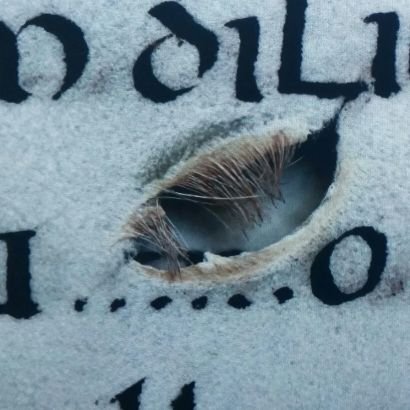
Matteo
@allemanjm
Followers
118
Following
37K
Media
13
Statuses
180
RT @ThierryAaron: "We conclude that a collapse of the Atlantic Meridional Overturning Circulation cannot be considered a low-probability ev….
0
1K
0
RT @boucherhayes: Yesterday 44 of the world’s leading climate scientists wrote an open letter about collapse of the Atlantic Ocean’s circul….
0
6K
0
RT @wjeffjohnston: When does modular structure emerge in neural networks?.What are the consequences of this structure for learning and beha….
0
66
0
RT @chingfang17: New work with @Jack_W_Lindsey, Larry Abbott, Dmitriy Aronov, and @selmaanchettih! We propose a model of episodic memory wh….
0
36
0
RT @wjeffjohnston: How does the brain bind action to value?.How does it navigate a tradeoff between this binding and generalization to nove….
0
27
0
@timbuschman and @mattpanichello trained monkeys to report one of two colors based on a trained cue – e.g. circle for upper, square for lower. What’s cool is there are two versions of the task: the color can be shown before the cue (“retrospective”) or vice versa (“prospective”).
1
0
1
We live with the limitations of our memory, but don’t really know where they come from. Our new paper ( studies "swap errors", which we argue arise during memory manipulation – see thread for more! @timbuschman, @MattPanichello, @wjeffjohnston
1
28
77








